

Water treatment systems make it possible to get rid of various impurities present in the water. Today on the profile market there is a huge selection of models, among which everyone can find the exact model that will eliminate certain types of impurities. However, many people are interested in how the water filter works. There is no definite answer to this question, because everything depends on the type of cleaning system. There are models that contain large impurities through special cleaning elements. And there are filters that clean at the ion level, such as water softeners, which forcibly replace hard ions with soft ions.
How do water purification filters work?
Reverse osmosis systems are the most effective and rational. They allow to get rid of impurities of different types:
mechanical impurities;
organic impurities;
chemical, etc.
As a result, up to 99% of all contaminants are removed. This high result is explained by the fact that the system uses several successive stages of cleaning:
pre-cleaning cartridges;
fine purification membrane;
finish cleaning cartridges.
How Pre-Cleaning Cartridges Work
Preliminary cartridges consist of a flask and a filler. As a filler, polypropylene that retains mechanical impurities and activated carbon (briquetted and granulated) is used to fight chlorine, organics, pesticides, etc. impurities. Depending on the model, one polypropylene and two coal cartridges are installed or vice versa. One - coal and two polypropylene cartridges. But polypropylene cleaners are always in the first place. Because it is important to get rid of suspended particles in the first place.
Principle of Reverse Osmosis membrane operation
Once the water has passed through the pre-cleaning cartridges, it enters the finely cleaned membrane. It is a thin film with myriads of microscopic holes rolled into a tube with a hollow core. Passing through the membrane under pressure, the water is divided into two streams. The first one is purified water, it is redirected to the storage tank. The second is a concentrate of pollutants, which is discharged into the sewage system. By the way, if you need a reverse osmosis membrane, you can buy it at alkalinewaterfilterexperts.com/ledoux-water-filter-dispenser. The storage tank is necessary because the speed of reverse osmosis treatment is low. And if there is no storage tank, the user will have to wait a long time for the water to pass all stages of cleaning.